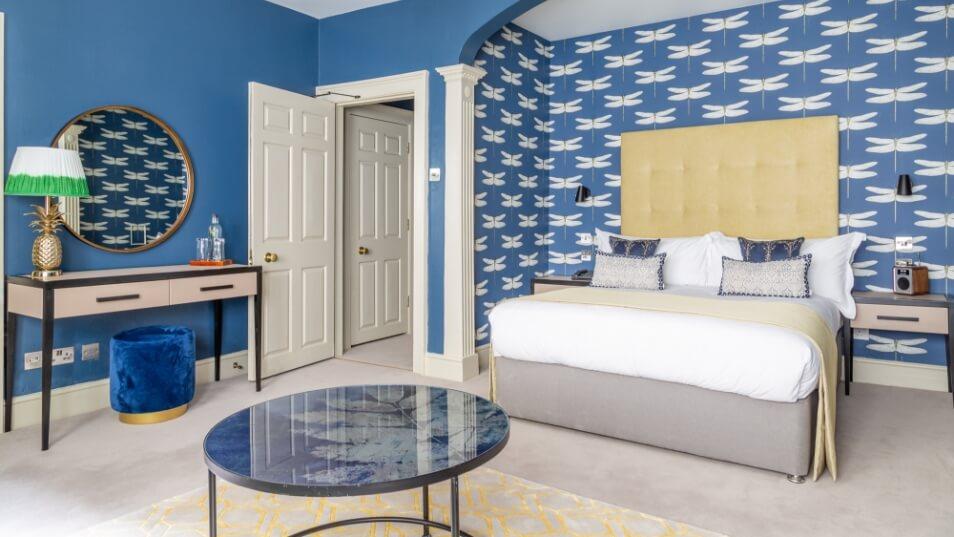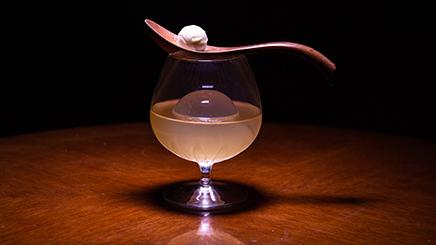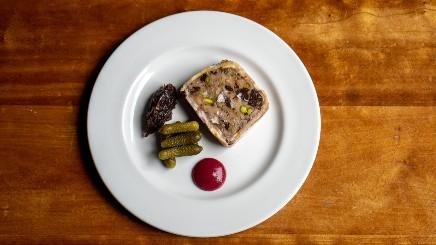Historic Bath is a wonderful place to visit no matter the day or time but elevate your experience with a stay at the Queensberry Hotel, offering indulgent and elegant surroundings.
Owned by Laurence Beere, the hotel itself is operated under a unique set of 12 rules, which we won’t burden you with but do suggest you look them up, should you fancy a titter. Our favourite, though, is the one advising customers abstain from using stilts, pogo sticks, space-hoppers, flaming torches or whips in the bar. It just makes sense.
Rules aside, the bedrooms at the Queensberry Hotel are both whimsical and modern, featuring fresh colours and pleasant designs throughout, which translates into the rest of the hotel.
The Olive Tree Restaurant won’t disappoint. Award-winning, it offers two promises, one of unrivalled service and the second of impressive flavour profiles.
Despite having three AA Rosettes and a Michelin star, the Restaurant sets out to set its own standard under head chef Chris Cleghorn.
We could talk about the Queensberry Hotel all day, but for now we’ll stop and move onto the magnificent city of Bath, which provides tourists with a mosaic of historical wonders.
The Romans were some of the first to see what the location had to offer and then proceeded to build their own leisure facilities including the world-famous Roman Baths, taking advantage of the unique waters in the region.
One of the most wonderful things about the city, though, are the crescents, particularly the Royal Crescents, which are vast and majestic crests of grand terraced houses – almost palatial – that dot the city. Bath also happens to be the largest city in Somerset, while we’re on the subject.
And finally, Bath also has its own version of Stonehenge, named the Circus, which is said to represent the movement of the sun in the sky.
The Queensberry Hotel
Bath, Somerset
A hotel combining old-fashioned attitudes to service & detail with sophisticated, modern comfort





















